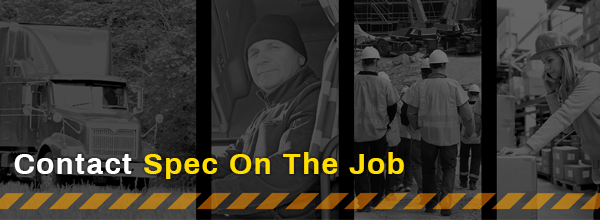Labor level manufacturing can be back breaking work. The creation and implementation of exoskeletons could be a possible future for manufacturing. We’ve previously discussed self-driving trucks. At this point in time the self-driving truck is still a long way off. That’s because the human equation in driving cannot be separated from trucking. There are too many skills that cannot be replicated with technology. The same can be said for workers in manufacturing.
Remember back in the 1980’s when exoskeletons were all over popular movies? My favorite was Ellen Ripley, played by Sigourney Weaver, in the movie Aliens using the Caterpillar P-5000 Work Loader. The first thing I thought was, “Wow! Cool!” but then my second thought was, “What worker wouldn’t want one of those?” With the use of the exoskeleton Ripley was able to move materials that no human could possibly move on their own. In the grand scheme of things, workers using exoskeletons would pay for themselves in increased productivity and less stress on the worker.
However, Ripley’s Work Loader is fiction, just like the Iron Man suit. Movies are not inspiring scientists to create exoskeletons, instead the hard-working individual is their inspiration. According to Dr. Kazerooni at Berkeley “No science-fiction movie gives an accurate definition of what scientists are trying to do.”
What Exoskeletons can do for Businesses and Workers
Hiromicho Fujimoto, president of ActiveLink, has developed an exoskeleton called the Power Effector. The tech is in essence a power assist for workers. It helps to relieve much of the physical burden on workers that do heavy lifting. The Power Effector has “leg frames, backpack weight belts, and power arm prototypes.” Research has shown that worker overexertion comes to $15 billion a year for employers in worker’s compensation. Even with tech as expensive as an exoskeleton must be, it’s definitely less than $15 billion a year.
It’s not only heavy lifting. Lifting moderate or light weights repeatedly will cause wear and tear on any person over time. An exoskeleton can assist in reducing the stress on the body and even helps workers to perform their jobs more safely. These suits do not make workers stronger, but ease the burden of repetitive motion. This makes them ideal for manufacturing and factories.
The Potential for Manufacturing
Dr. Kazerooni founded suitX in 2012. He has worked with the “U.S. Military to help develop the Berkeley Lower Extremity Exoskeleton (BLEEX) and the human Universal Load Carrier (HULC).” He is now working on exoskeletons for paraplegics and industrial workers. His new suit called suitX MAX “can decrease stress by about 50% for payloads of 30 or 40 pounds, and about 40% for payloads of as much as 100 pounds.” Reducing the stress of lifting by 50% could mean increasing work and productivity two-fold. Not to mention happier workers.
Right now, the amount of exoskeletons used in manufacturing and factories is minuscule. But, the trend is showing upward motion. This should not be alarming. Exoskeletons are not and cannot be a replacement for human workers. Even though over the past 100 years many dangerous and hazardous manufacturing jobs have been replaced by machines. The exoskeleton is to help human workers, not replace them. Tech cannot replace many jobs that require human level skill and decision making.
Dr. Kazerooni predicts practical devices in the next four to five years! Tech moves fast and when it comes to increasing productivity and safety, companies are more likely to jump on board with new ideas. Exoskeletons will likely always be very expensive in our lifetimes, but the money it can save is well worth it!
Original source: Industry Week

“Helping our clients get jobs done since 1998.”